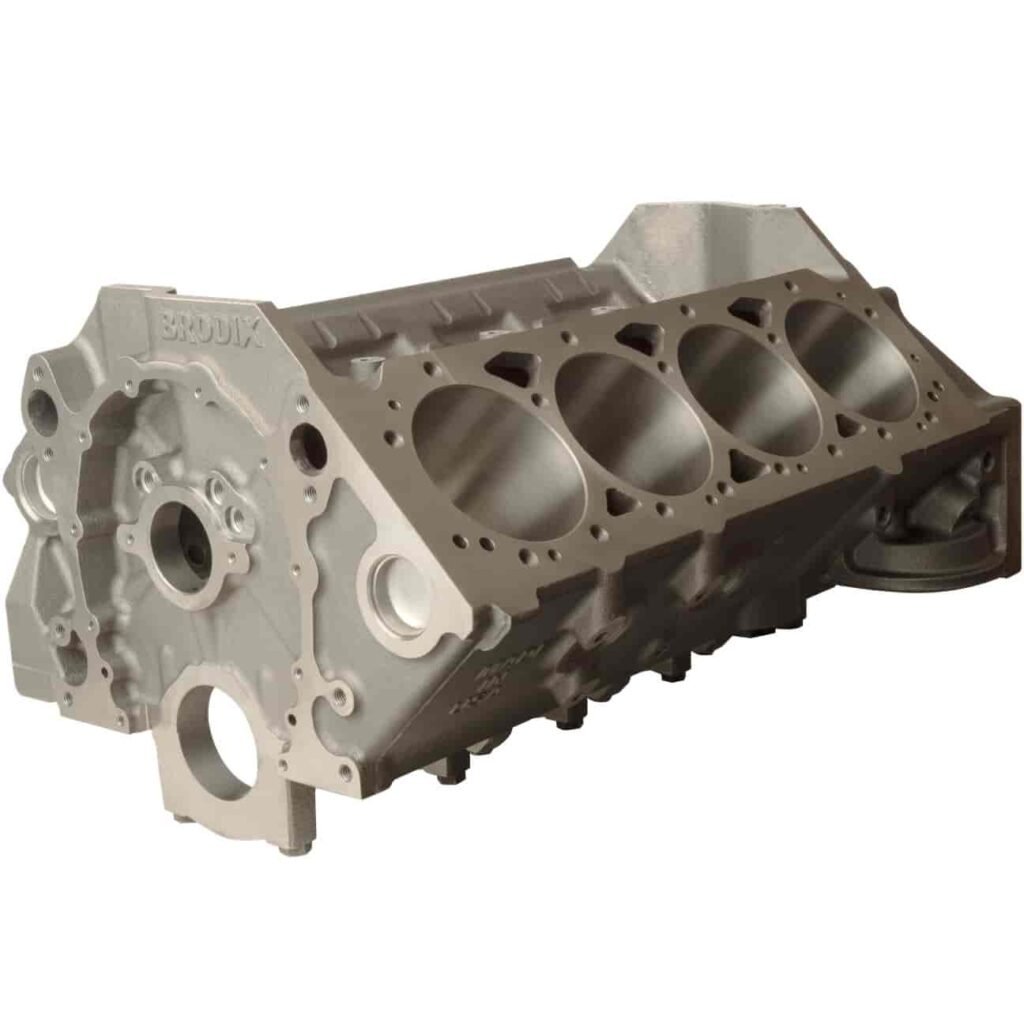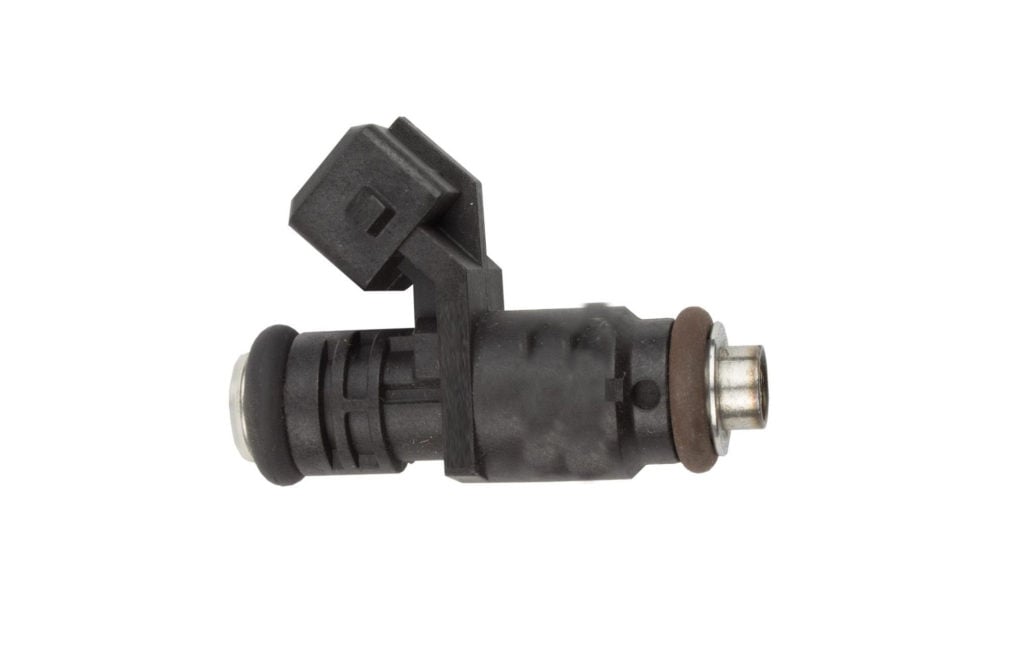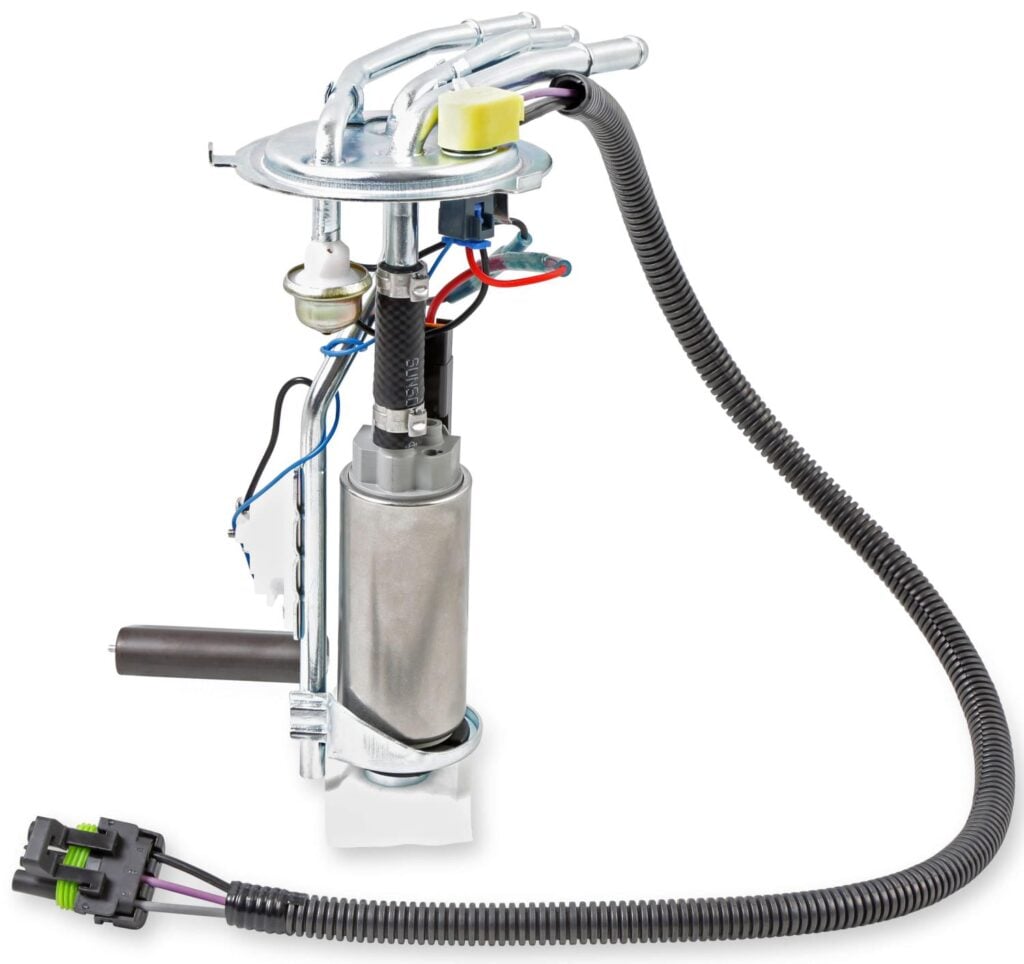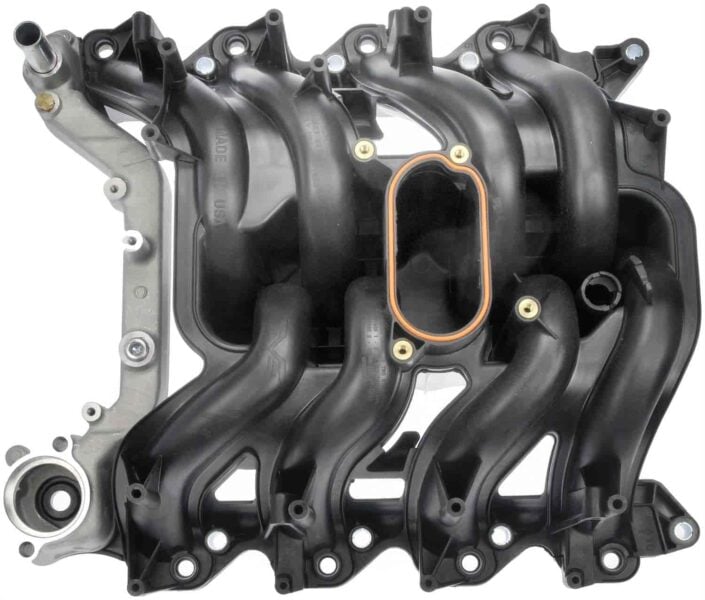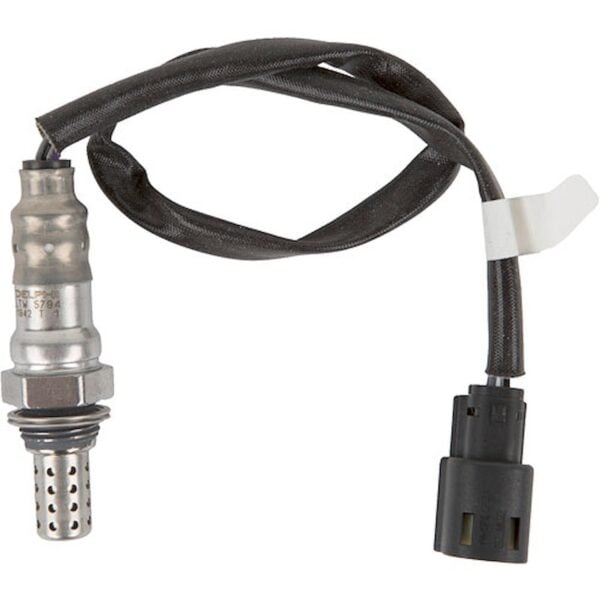Whether you’re rowing through gears or out for a weekend drive, the Check Engine Light appearing on the dash can cause panic. When your Check Engine Light turns on, your engine displays a trouble code that needs to be identified by an OBB-II scanner.
If you or a technician runs a scan on your vehicle and it comes back with the P2187 error code, we have you covered. Learn more about this code, its causes, and how to get back on the road.
What Is a P2187 Code?
The P2187 code is an engine code you can pull from your vehicle’s powertrain control module (PCM) once the Check Engine Light is activated. To read the code, you'll need an OBD-II scanner or help from a professional.
The P2187 code tells you your engine is running too lean at idle. When an engine is running too lean, it means that not enough fuel is entering the cylinders. This disturbs the necessary air-to-fuel ratio and will prompt the PCM to generate a P2187 code represented by a Check Engine Light.
Most vehicles have an air-to-fuel ratio of about 14.7 to 1, which is 14.7 parts air and 1 part fuel, a mixture that’s ideal for combustion and fuel economy. Any significant change to this ratio will result in too much fuel or air getting into the cylinders, resulting in misfires and other problems.
To further dissect this code, it refers to bank 1, the side of the engine where the first piston is located. Typically, this only applies to engines with a V-shape, like the V6 or V8, and not in-line engines because in-line engines only have one bank.
Still, it's always best to consult your owner’s manual just to be sure.
What Are the Symptoms and Causes of a P2187 Code?
P2187 codes have a few symptoms and causes that can help you identify the problem. As the code suggests, it's an issue with your engine at idle, which is when you’re stopped, but the engine is running. For example, you may notice a rough idle when you approach a stoplight. Still, the symptoms and causes will vary based on the age of your vehicle, how the sensors are working, and if the engine sustained any damage.
First, we’ll start with the symptoms. Aside from an illuminated Check Engine Light, the most common symptom is a rough idle because your engine is not getting enough fuel into the cylinders. This may cause your RPMs to fluctuate, and you might even stall at stoplights. Additionally, you may notice poor acceleration when you start to move again. Some other symptoms you'll see include a reduction in fuel efficiency because the engine isn't running correctly and misfires. When your engine misfires, it can cause serious damage to internal components since fuel helps cool the combustion chamber as it washes in.
The cause of a P2187 code can be anything that causes a problem with your engine’s air-to-fuel ratio. First, it's essential to consider your engine’s oxygen sensors. These sensors provide feedback for the PCM to change the amount of fuel dumped into the cylinders. If one of these sensors is damaged, too much or insufficient fuel can make it into the cylinders. Another cause related to your fuel injection system is an issue with this system. Some examples include damaged or clogged fuel injectors or a bad fuel pump.
It's also important to note that vacuum leaks will also result in problems with your air-to-fuel ratio at idle. This is one of the most common reasons for a code P2187 because if there are vacuum leaks at any point in the engine, the changes in pressure mess with the timing of everything. Some other less common causes include an air filter leak or a problem with the air intake system. If your engine pulls in too much air, you'll run too lean.
How Serious Is the P2187 Code?
Some engine codes are more dangerous than others, but you should always pull over and inspect your vehicle once the Check Engine Light turns on. Regarding the P2187 code, continuing to drive with this code can damage your engine. Ensure you pull over, inspect the vehicle, and bring it to a professional if you need help fixing it.
What makes this code dangerous is the problem it causes for your engine’s air-to-fuel ratio. This ratio needs to be perfect; otherwise, your engine will run too lean or rich. For code P2187, the problem is that your engine is running too lean, so you don't have enough fuel going into the cylinders for combustion. This will wreak havoc on your exhaust system, piston rings, and other fast-moving internal components.
Ultimately, ignoring a P2187 code will create problems you can't ignore.
How Easy Is It to Diagnose a P2187 Code?
It's easy to diagnose a P2187 code if you have the right tools and equipment, but it's also a good idea to have some technical know-how to identify where the problem is coming from. Getting started requires an OBD-II scanner that you plug into your engine’s computer. If your Check Engine Light is on, it will reveal the P2187 code.
Once the code is identified, the hard part starts. It's a good idea to start by checking the system for any vacuum leaks. A bad hose is enough to throw this whole system out of whack. Check the intake system and perform a fuel pressure test if it's not the hoses. These tests will show you if your engine isn't pulling in enough fuel or air, throwing off the ratio. We also recommend checking the mass airflow sensor (MAF) and other sensors to see if you can pinpoint the problem. If you can't find the problem yourself, it's time to bring your vehicle to a professional for a proper diagnosis.
Once diagnosed, repairs can be made at affordable prices with premium parts from JEGS. Whether you need to fix intake leaks, replace hoses, or replace a faulty sensor, JEGS has everything you need to do the job correctly.

